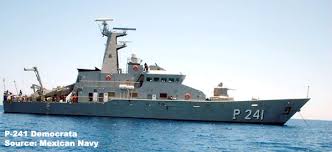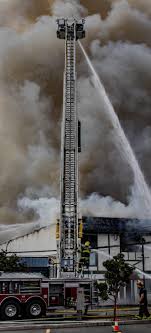
Introduction
The tragedy of Malaysia Airlines Flight MH17, which was shot down over eastern Ukraine on July 17, 2014, remains a critical subject of discussion in the context of international aviation safety and geopolitical tensions. The incident, resulting in the loss of 298 lives, has prompted rigorous investigations, legal actions, and profound global outrage. Understanding MH17 is essential not just for remembering the victims, but also for ensuring that similar tragedies are prevented in the future.
Details of the Incident
On a clear summer day, MH17 was en route from Amsterdam to Kuala Lumpur when it was struck by a surface-to-air missile as it flew over conflict zones in eastern Ukraine. Investigations determined that the missile was launched from a region controlled by pro-Russian separatists. The subsequent crash claimed the lives of all passengers and crew on board, comprising individuals from multiple countries, making this incident particularly significant in an international context.
Investigative Findings
Investigations led by the Dutch Safety Board (DSB) and the Joint Investigation Team (JIT) uncovered crucial evidence regarding the missile system used in the attack. In 2016, the DSB’s final report indicated that the missile was a Russian-made BUK system that had been moved from Russia into Ukraine and then returned after the incident. This has raised serious questions about accountability and responsibility, impacting bilateral relations between the Netherlands, Ukraine, and Russia.
Legal Proceedings and Accountability
In March 2020, the trial of four suspects involved in the attack commenced in the Netherlands, with charges ranging from murder to aircraft destruction. The legal proceedings have highlighted the complexities of bringing individuals to justice in conflicts that involve state actors. Moreover, families of the victims continue to seek reparations and closure, underscoring the emotional toll of the tragedy.
Conclusion
MH17 serves as a poignant reminder of the vulnerabilities inherent in international aviation in conflict zones. The tragedy has not only led to enhanced safety measures but also catalyzed discussions around conflict resolution and the protection of civilians in war zones. As investigations and legal processes continue, the global community remains committed to ensuring that such an incident does not happen again. The implications of MH17 ripple through much of today’s geopolitical landscape, making it a crucial case study in international relations and aviation safety.


